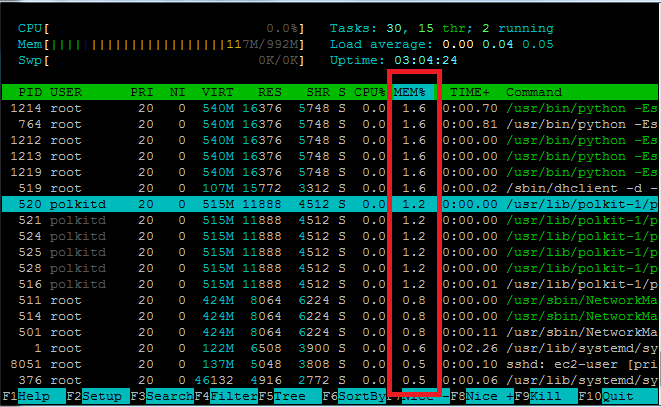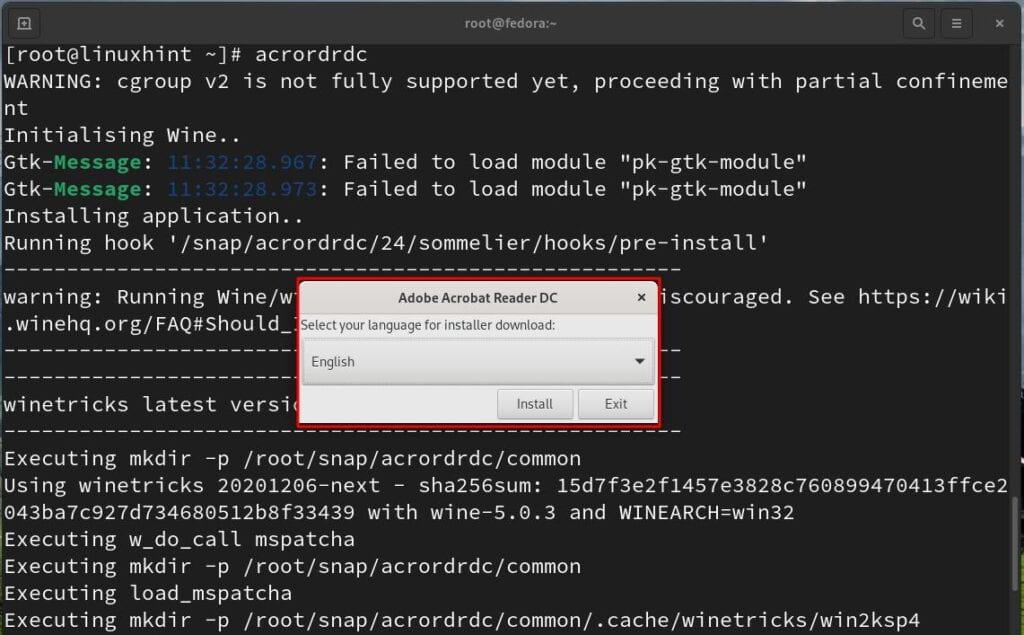

It also collects data from TCP, UDP, IP, ICMP, non-IP, and other protocols. TCP flag information, ICMP data, TCP/UDP traffic address, and so on are all included. It is used to gather information such as IP traffic monitor that flows across the network.
#FEDORA PROCESS MONITOR SOFTWARE#
IPTraf is an open-source real-time network monitoring software with a console interface. $ sudo add-apt-repository ppa:oguzhaninan/stacer -y
#FEDORA PROCESS MONITOR INSTALL#
To install Stacer in Ubuntu, follow the following command. On the interface, it allows sorting processes based on PID, CPU, and memory usage. It can display displays the last 60 seconds of CPU, RAM, Disk, CPU Load Average, and network activity. Stacer is an open-source all-in-one utility to monitor applications and optimize systems. Stacer - Linux application monitor and system optimizer You may also define warning and critical threshold levels for certain services to assist you to deal with the problem more quickly. Nagios periodically checks parameters and sends alert notifications based on the thresholds. It provides a centralized view of infrastructure using the web interface. Nagios is an open-source monitoring system that runs on Linux operating system and monitors devices running on Windows, Linux, and Unix systems. To use cacti needs a web server either Nginx or Apache, PHP, and MySQL or MariaDB database. It is commonly used to graph time-series data of metrics such as CPU load and network bandwidth. cacti - Web-based network monitoring and graphing toolĬacti is an open-source web-based network monitoring and graphing tool based on data logging tool RRDtool. It uses strong data protection using encryption between components, user permissions, and authentication methods. Zabbix can notify when an event occurs via different channels. The web interface provides network maps, slideshows, and drill-down reports, etc. Zabbix collects metrics from systems using Zabbix agent, SNMP and IPMI agents. It can check standard networking services such as HTTP, FTP, SMTP, and so on. Zabbix is an enterprise-level opensource monitoring software to monitor the real-time track of networks, servers, and applications. To display the CPU usage, disk, and networks, in short, use the following command. To install collectl in your system, use the following command. Collectl - Performance monitoring toolĬollectl is a command-line performance monitoring tool to gather information on system resources such as CPU usage, disk, memory, network, and more. It contains a feature that allows it to send notifications to the appropriate authorities when there is a problem or when the error has been resolved. It is compatible with all Unix-like operating systems, and there are 500 different plugins available to monitor your system as needed. Munin is an open-source web-based network monitoring program. For Ubuntu users, use the following command to install Monit. You may see the system status via the command line or HTTP web server. This program can restart the failed services, and the app can send an alert email including the fault details so that urgent action may be taken. It also monitors services like Apache, MySQL, Mail, FTP, Nginx, SSH, and so on.
#FEDORA PROCESS MONITOR FREE#
Monit is a free open-source utility for proactively monitoring and managing system processes, applications, files, directories, and filesystems. To display the memory map of process ID, use the following command. You need to add PID along with pmap command to display the memory map of the given process. The pmap command is used to display the memory map of a process. pmap - Display the memory map of a process To display all information about CPU that mpstat can display, type $ mpstat -A 15.

It shows reports for each available processor, starting with processor 0. Mpstat command is used to display processor-related statistics. mpstat - Display processor related statistics To display the network counter using sar, use the following command. To display the swap status, use the '-S- command along with sar command. Similarly, to display CPU average load, use the '-q' option with sar command. To display I/O device status, use the '-d' option along with sar command. Use -A option along with sar command to display detailed information about the I/O Devices, CPU, Memory, and Network statistics. On CentOS/RHEL/Fedora/Rocky Linux and AlmaLinux You can install the package using the following command. The SAR package is not found by default in the Linux system, but you can install the Sysstat package as SAR is part of sysstat. Aside from real-time system monitoring, SAR may also gather performance data in the background on an ongoing basis and analyze it to look for bottlenecking issues. System Activity Report (SAR) is a real-time system monitoring tool.


 0 kommentar(er)
0 kommentar(er)
